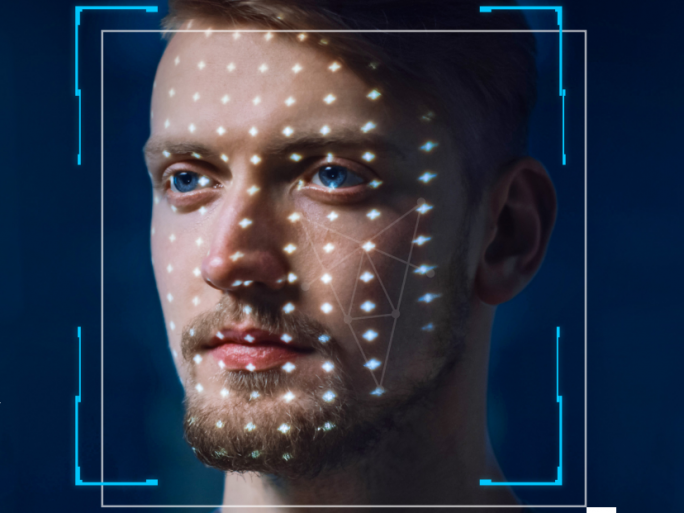FakeCatcher: Intel Detects Deepfakes in Real Time

FakeCatcher achieves a detection rate of 96 percent. The new technology detects and analyzes blood flow in human faces.
In its efforts to promote the responsible use of artificial intelligence, Intel has developed a new technology called FakeCatcher. It is said to be able to detect so-called deepfakes in real time. According to the company, the success rate is 96 percent.
The chipmaker is responding to the increasing prevalence of deepfake videos of celebrities, among others, which are virtually indistinguishable from real videos. “Deepfake videos are now everywhere. You’ve probably seen them already: Videos of celebrities doing or saying things they never did,” said Ilke Demir, senior staff reseach scientist at Intel.
FakeCatcher was developed by Demir in collaboration with Umur Ciftci of the State University of New York. Based on software and hardware from Intel, it is operated via a Web interface. Among the tools used in the development were OpenVino for AI models for facial recognition and the OpenCV toolkit, which processes images and videos in real time. Using Intel’s Xeon scalable processors, it is said to be possible to run up to 72 different recognition streams simultaneously in real time.
FakeCatcher was developed by Demir in collaboration with Umur Ciftci of the State University of New York. Based on software and hardware from Intel, it is operated via a Web interface. Among the tools used in the development were OpenVino for AI models for facial recognition and the OpenCV toolkit, which processes images and videos in real time. Using Intel’s Xeon scalable processors, it is said to be possible to run up to 72 different recognition streams simultaneously in real time.
According to Intel, FakeCatcher takes a new approach to detecting deepfakes. Instead of limiting itself to analyzing the raw data of a video, FakeCatcher attempts to detect human details. Specifically, it detects blood flow in the pixels of a video. “These blood flow signals are collected from the entire face, and algorithms translate these signals into spatio-temporal maps. Using Deep Learning, we can then instantly identify whether a video is real or fake,” Intel shared.
Intel cited social media platforms as potential applications for the technology. It could help them prevent users from posting dangerous deepfakes videos in real time. News agencies would also be able to recognize manipulated videos and stop their further distribution.